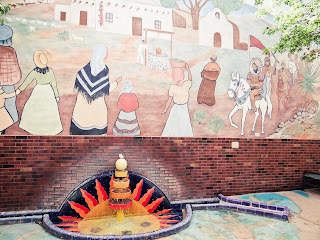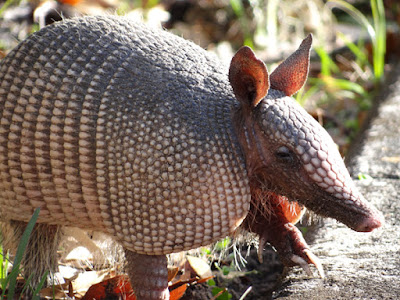Lugano is a lakeside city in Southern Switzerland, located near the Italian border. The language spoken is Italian. The local currency is the Swiss Franc. However, Euros are also accepted at many establishments.
During my stay in Italy, I decided to take a day trip to Lugano. To get there, I took the bus from Milan. The ride was a little over an hour and the cost was inexpensive. My roundtrip ticket was only 12 euros.
Unfortunately, the day I went the weather was foggy. For most of my time there the mountains were hidden from view by the fog. My initial plan was to go to the summit of Monte Brè, which is supposed to provide spectacular views of Lake Lugano. However, because of the heavy fog, I decided not to go.
Here are the things I found to do instead:
1. Explore the city.
It was nice to simply walk around the streets of Lugano. There are many interesting shops and plenty of cafes and restaurants that line the streets.
2. Buy Swiss Chocolates.
You can't go to Switzerland and not get chocolates. I found a nice chocolate shop while I was walking around. They were a bit expensive, but worth it.
3. Walk around Lake Lugano.
About halfway through the day the fog finally lifted a bit, allowing for views of some of the mountains along the lake. However, the air was still a bit hazy. There were many swans on the lake and plenty of lakeside benches to relax on. I brought a packed lunch with me from Italy, which I ate next to the lake.
4. Take a stroll through the Cemetery.
The cemetery was along the way back to where I had to catch the bus back to Milan. It had many old graves with elaborate statues.
Cost:
Lugano is expensive. I kept my costs down by not buying any souvenirs and bringing a packed lunch. I also chose to do only free things to keep myself entertained. The total amount I spent was 19 Euros for the bus, some chocolates, and one espresso.
Final Remarks:
I thought Lugano was a cute city. There wasn't a lot to do, so I think one day is the perfect amount of time to spend here. However, keep in mind that I visited in the winter on a foggy day. There is supposed to be a bit more to do in the summertime, such as paddling around the lake in rental boats and going for hikes in the surrounding mountains.




































































